- This topic has 0 replies, 1 voice, and was last updated by .
-
AuthorPosts
-
April 11, 2024 at 6:13 pm #2056Up::2
Animals hold profound significance in Sanatan Dharma, playing multifaceted roles in religious,
cultural, and spiritual contexts. Across Hindu mythology and traditions, animals are revered as
embodiments of divine qualities, symbols of cosmic forces, and manifestations of various
deities.One of the most revered animals in Sanatan Dharma is the cow. Considered sacred and
revered as Gau Mata (mother cow), it symbolizes motherhood, fertility, and sustenance. Cows
are integral to the agrarian way of life in India, providing milk, dung for fuel and fertilizer, and
even serving as symbols of wealth and prosperity. Protecting and caring for cows is considered
a sacred duty, and the practice of gau seva (cow protection) is highly regarded.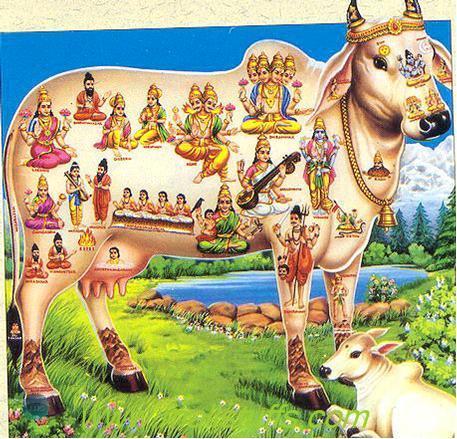
Additionally, the cow holds a prominent place in Hindu mythology, with the divine cow
Kamadhenu or Surabhi believed to fulfill all wishes and desires. The significance of the cow is
further highlighted in rituals like Gopashtami, where cows are worshiped, and festivals like
Govardhan Puja, which commemorates Lord Krishna’s lifting of the Govardhan Hill to protect the
cows and villagers from Indra’s wrath.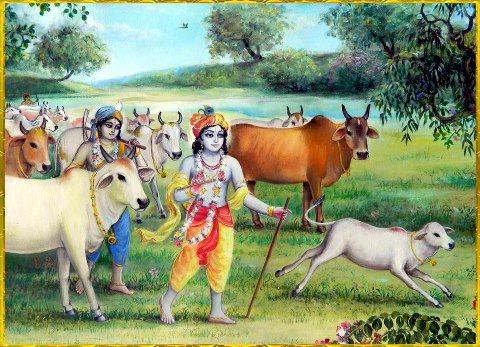
Monkeys also play a significant role in Sanatan Dharma, particularly through the veneration of
the monkey deity Hanuman. Hanuman, known for his unwavering devotion to Lord Rama,
exemplifies qualities such as loyalty, strength, courage, and selflessness. As a symbol of
devotion, Hanuman is worshiped by millions of devotees worldwide, and his temples can be
found across India. The annual festival of Hanuman Jayanti celebrates his birth and is marked
by devotional songs, prayers, and processions.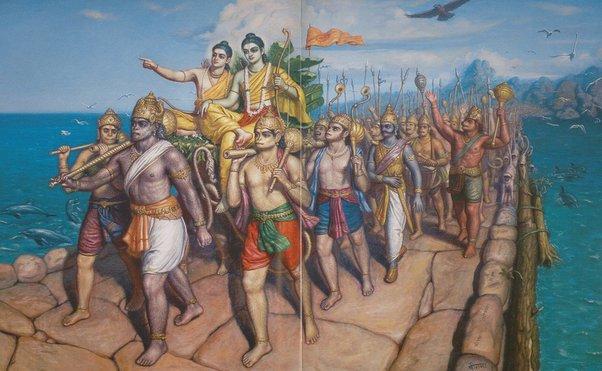
Moreover, Hanuman’s association with monkeys highlights the interconnectedness between
humans and animals in Hindu philosophy. The Ramayana, one of the epic narratives of Sanatan
Dharma, depicts monkeys and bears aiding Lord Rama in his quest to rescue his wife, Sita,
from the demon king Ravana. This portrayal underscores the idea of animals as allies and
helpers on the spiritual path.
Other animals also hold symbolic significance in Hinduism. The elephant, for example,
symbolizes wisdom, strength, and auspiciousness. The elephant-headed deity Ganesha, the
remover of obstacles, is worshiped at the beginning of any auspicious endeavor and is revered
as the patron of intellect and wisdom.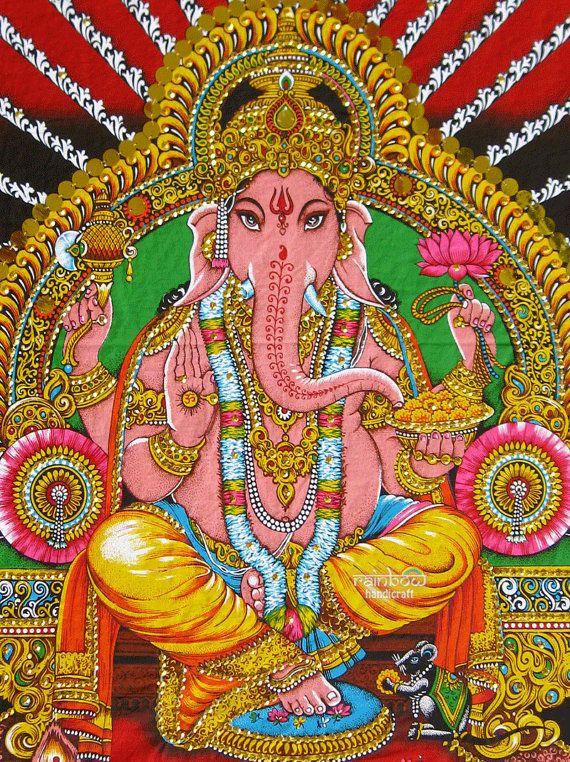
Snakes, particularly the cobra, are associated with various Hindu deities and are often depicted
as ornaments or companions of gods like Shiva and Vishnu. Snakes symbolize fertility,
protection, and transformation, with the shedding of their skin representing the cycle of death
and rebirth.
Peacocks are another animal revered in Sanatan Dharma, symbolizing beauty, grace, and
auspiciousness. The peacock’s vibrant plumage is associated with the divine and is often
depicted in religious art and iconography. Lord Kartikeya, the god of war and victory, is often
depicted riding a peacock and is worshiped for his valor and leadership.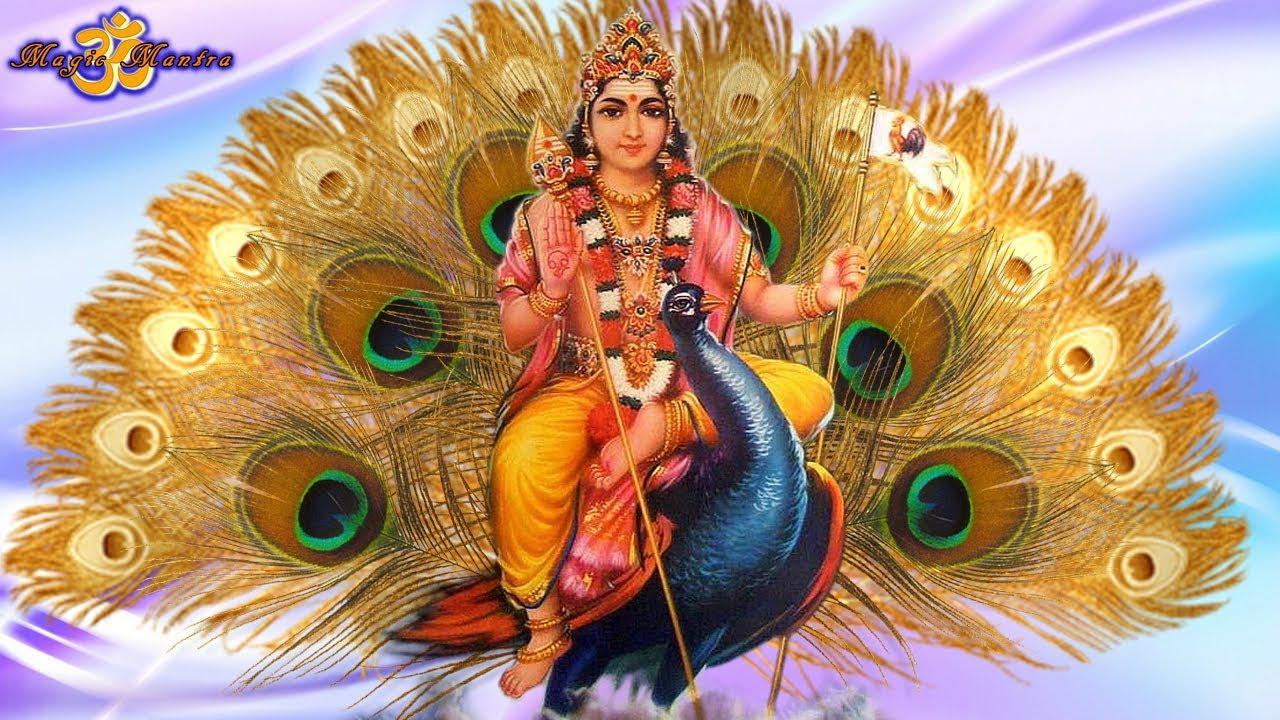
Furthermore, animals are integral to various rituals and ceremonies in Hinduism. Vahan puja, or
animal worship, is a common practice where devotees offer prayers and offerings to animals
considered sacred or symbolic of specific deities. For example, during Diwali, the festival of
lights, people decorate their homes with intricate rangoli designs featuring motifs of animals like
elephants, peacocks, and cows, symbolizing auspiciousness and prosperity.In conclusion, animals are not merely creatures of the natural world in Sanatan Dharma but are
revered as embodiments of divine qualities, symbols of cosmic forces, and manifestations of
various deities. Through rituals, mythology, and cultural practices, animals play a vital role in
reinforcing the interconnectedness of all life forms and in nurturing a deeper understanding of
the sacred in Hinduism. -
AuthorPosts
- You must be logged in to reply to this topic.